How to Choose the Right Packaging Equipment for Your Business Needs
In today's competitive market, selecting the appropriate Packaging Equipment is crucial for enhancing operational efficiency and product presentation. According to a recent report by Smithers Pira, the global packaging market is projected to reach $1 trillion by 2024, driven by increasing consumer demand for sustainable and innovative packaging solutions. This rising demand makes it essential for businesses to carefully evaluate their packaging needs and invest in equipment that not only improves productivity but also aligns with industry trends. Moreover, a study by Grand View Research estimates that advancements in automation and smart packaging technologies will significantly transform the landscape of packaging in the coming years. With the rapid evolution of packaging solutions, understanding the diverse options available allows companies to make informed decisions that cater to their specific operational requirements and consumer preferences.
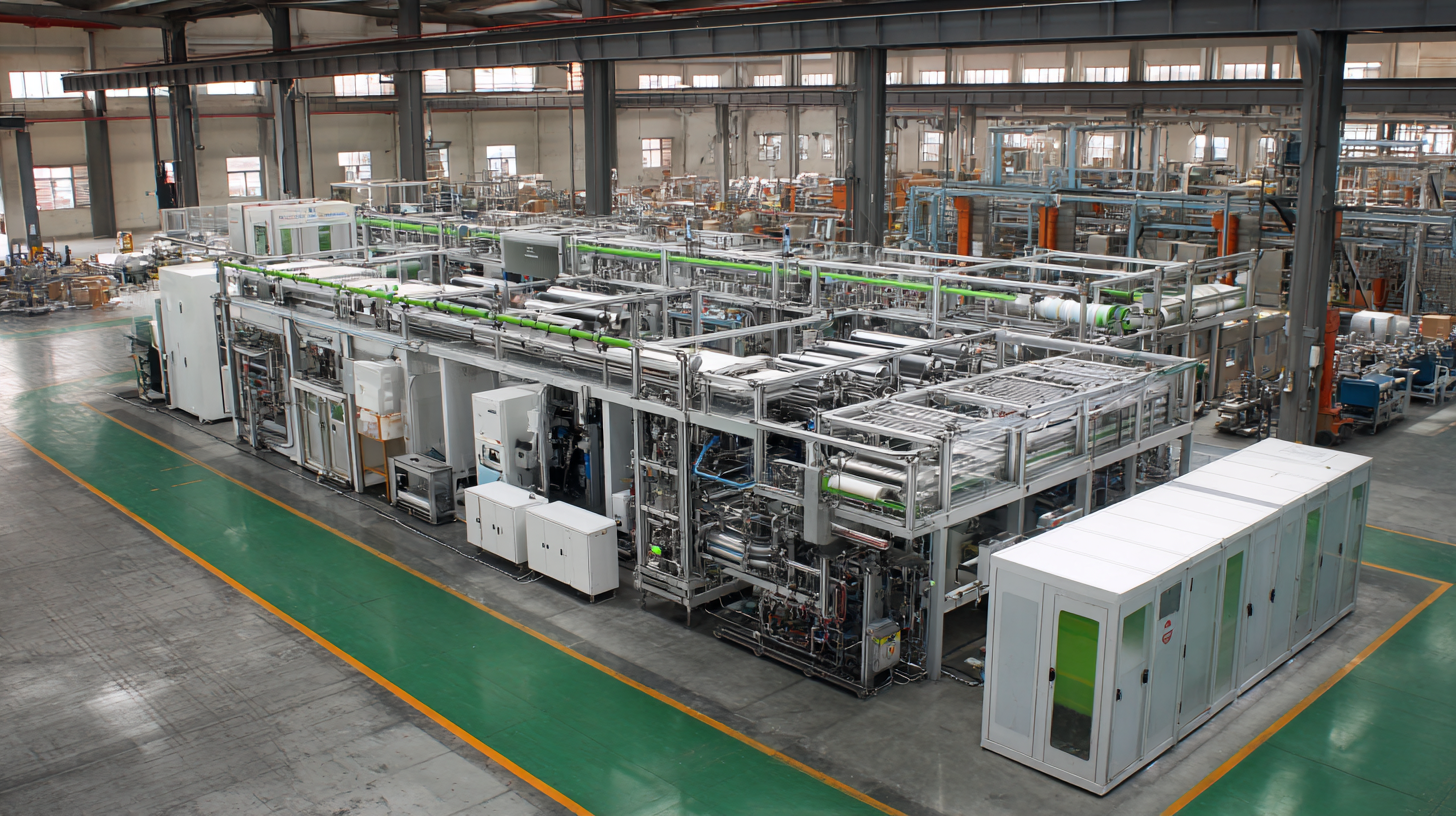
Understanding Your Business's Packaging Requirements and Objectives
When selecting packaging equipment, it's crucial to first assess your business's specific packaging requirements. Consider factors such as the type of products you offer, the volume of production, and the desired shelf life. Different products may have unique packaging needs; for instance, fragile items require protective packaging solutions while perishables demand temperature-controlled environments. Conducting a thorough analysis of your product characteristics will help you identify the essential features your packaging equipment must possess to safeguard product integrity and appeal to consumers.
In addition to product characteristics, understanding your business objectives is key to making the right choice. Are you aiming for increased efficiency, cost reduction, or sustainability? If fast turnaround and high output are priorities, automated packaging systems may be the best fit. Conversely, if your goal is to enhance brand image and minimize environmental impact, consider equipment that offers eco-friendly packaging solutions. By aligning your equipment choice with your business's packaging objectives, you can ensure that the investment not only meets current needs but also supports future growth and adaptability.
Packaging Equipment Needs Analysis
This chart demonstrates the importance level of various packaging equipment types based on typical business needs. Each category represents a specific packaging operation crucial for efficiency and productivity.
Evaluating Different Types of Packaging Equipment and Their Functions
When evaluating different types of packaging equipment, it's essential to consider the specific needs of your business. Each type of packaging equipment serves distinct functions, so understanding these can help you make an informed choice. For instance, manual packaging tools are ideal for smaller operations where flexibility and cost-effectiveness are key. They allow for a more hands-on approach, ensuring that each product is packed with care, although they may limit speed and efficiency.
On the other hand, automated packaging systems greatly enhance production speed and consistency, making them suitable for larger-scale operations. These systems can handle various packaging tasks such as filling, sealing, and labeling, which minimizes human error and labor costs. Among the automated options, vertical and horizontal form-fill-seal machines cater to different product shapes and sizes, further underscoring the importance of aligning equipment functionality with product requirements. By carefully assessing each type's capabilities, businesses can select the right packaging equipment that not only meets their operational demands but also supports long-term growth.
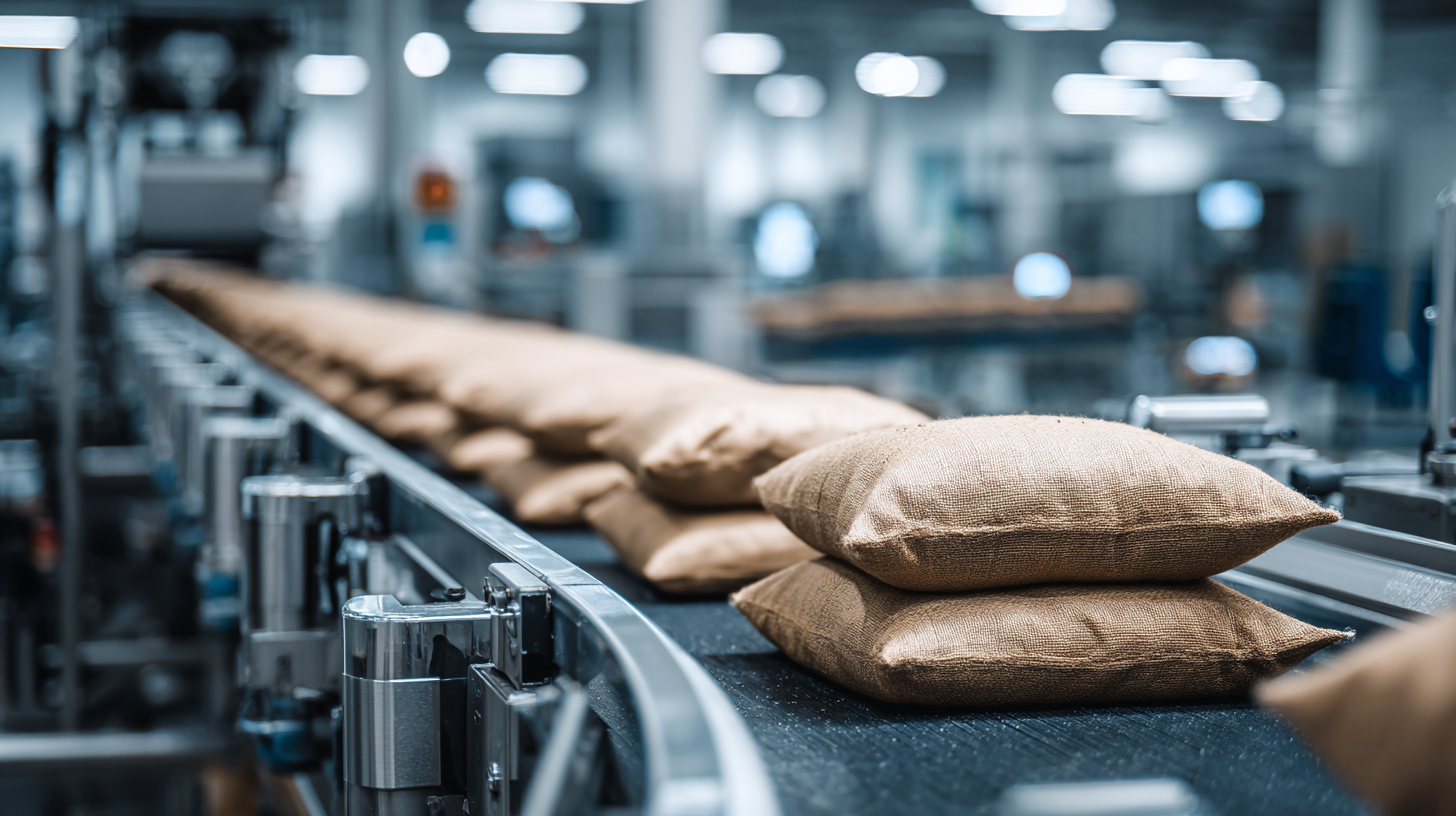
Assessing Automation Levels: Manual vs. Semi-Automatic vs. Fully Automatic Solutions
When selecting packaging equipment, understanding the automation levels is crucial for aligning technology with business needs. Manual packaging solutions often appeal to small operations or niche markets, where flexibility and lower initial investments can offset the slower pace and higher labor costs. Industry data reveals that for small businesses, nearly 35% favor manual systems due to their simplicity and adaptability, particularly in job shops that handle a variety of packaging requirements.
On the other end of the spectrum, fully automatic solutions offer significant advantages for larger operations. According to a recent report by Smithers Pira, automated packaging lines can increase productivity by up to 50% compared to manual methods. These systems not only enhance speed but also improve consistency and reduce human errors, which are vital for brands focusing on quality control.
Semi-automatic solutions offer a middle ground, where businesses can achieve higher efficiency without the complete investment required for full automation. The choice between these levels of automation should be driven by throughput requirements, budget constraints, and long-term growth strategies, ensuring that the selected equipment aligns with the overall operational goals of the business.
Considering Cost-Effectiveness: Initial Investment Versus Long-Term Savings
When selecting the right packaging equipment for your business, one crucial factor to consider is cost-effectiveness, specifically the balance between initial investment and long-term savings. While the upfront cost of advanced machinery may seem steep, it's essential to evaluate how these investments can pay off through increased efficiency, reduced labor costs, and lower waste over time. A well-chosen machine can streamline operations and lead to significant savings in the long run.
Tips for making a wise decision include conducting a thorough cost-benefit analysis and looking at life-cycle costs rather than just upfront expenses. Additionally, consider the equipment’s reliability and maintenance costs. Opting for machinery with longer warranties can be a smart move, as it often indicates durability and quality.
Moreover, exploring financing options or leasing can help mitigate initial costs while allowing you to benefit from modern technology. Don’t overlook the value of employee training; well-trained staff can maximize the equipment's potential, further enhancing efficiency and savings in your operations. In the end, a strategic approach to packaging equipment selection can lead to significant advantages for your business.
How to Choose the Right Packaging Equipment for Your Business Needs - Considering Cost-Effectiveness: Initial Investment Versus Long-Term Savings
| Equipment Type | Initial Investment ($) | Annual Maintenance Cost ($) | Expected Lifespan (Years) | Average Annual Energy Cost ($) | Long-Term Savings ($) |
|---|---|---|---|---|---|
| Semi-Automatic Wrapper | 5,000 | 500 | 10 | 250 | 3,000 |
| Fully Automatic Line | 25,000 | 1,500 | 15 | 750 | 8,000 |
| Labeling Machine | 10,000 | 800 | 12 | 400 | 4,500 |
| Shrink Tunnel | 15,000 | 1,200 | 10 | 500 | 5,500 |
| Carton Sealer | 8,000 | 600 | 10 | 300 | 4,000 |
Researching Supplier Reliability and Technical Support in the Packaging Industry
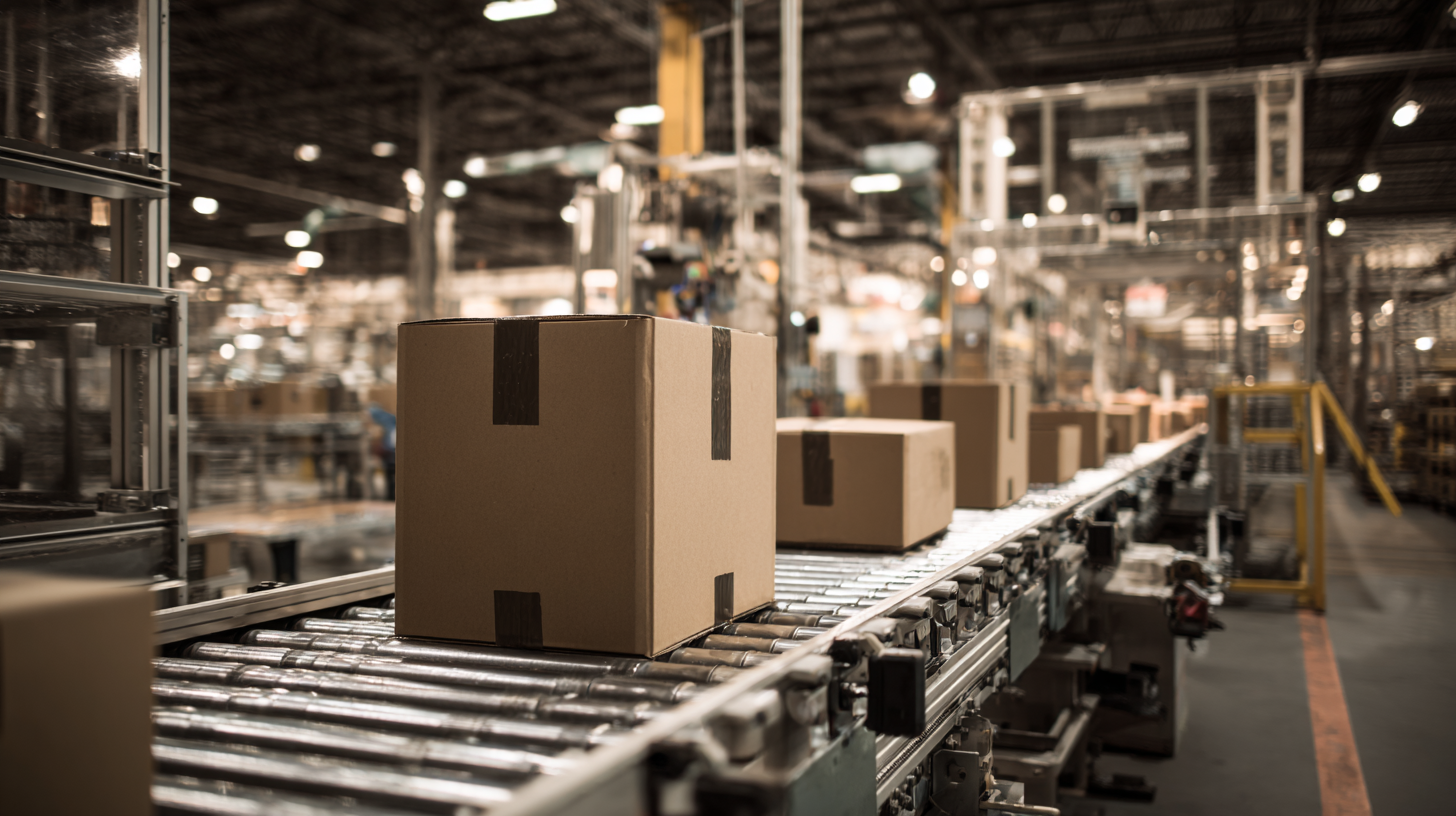 When selecting packaging equipment, ensuring supplier reliability is crucial for maintaining the efficiency and effectiveness of your operations. Start by researching potential suppliers thoroughly. Look for those with a strong track record in the industry, as this can be indicative of their stability and reliability. Reading customer reviews, seeking references, and examining their history of service can provide insights into their credibility. Reliable suppliers often have a transparent process for addressing customer concerns and are willing to provide detailed information about their equipment's capabilities and performance.
When selecting packaging equipment, ensuring supplier reliability is crucial for maintaining the efficiency and effectiveness of your operations. Start by researching potential suppliers thoroughly. Look for those with a strong track record in the industry, as this can be indicative of their stability and reliability. Reading customer reviews, seeking references, and examining their history of service can provide insights into their credibility. Reliable suppliers often have a transparent process for addressing customer concerns and are willing to provide detailed information about their equipment's capabilities and performance.
In addition to reliability, consider the level of technical support a supplier offers. Packaging equipment can be complex, and having access to knowledgeable support can make a significant difference in troubleshooting and maintenance. Look for suppliers that provide comprehensive technical assistance, including on-site support, remote troubleshooting, and training programs for your staff. This kind of support ensures that your packaging operations run smoothly and that any issues can be resolved quickly, minimizing downtime and potential losses. Evaluating these factors will help you make an informed decision when choosing the right packaging equipment for your business needs.
Related Posts
-
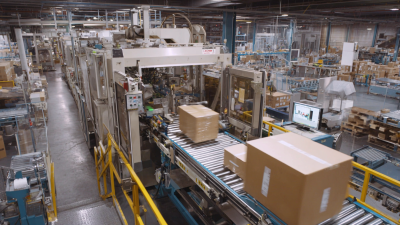
How to Navigate Global Import-Export Certifications for Best Packaging Equipment
-
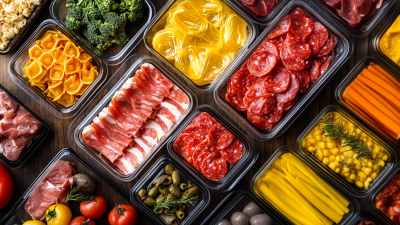
How to Choose the Right Food Packaging Equipment for Your Business Needs
-

7 Essential Insights for Global Buyers of Industrial Packaging Machines
-

7 Compelling Benefits of Investing in a Packaging Machine for Your Business
-
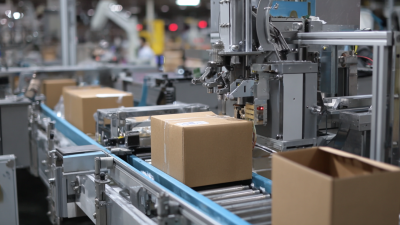
What Makes Best Fully Automatic Packaging Machinery an Industry Leader
-
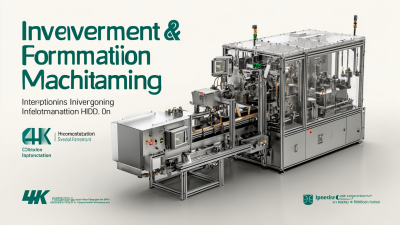
Innovative Solutions for Efficient Intermittent Motion Packaging Machinery
